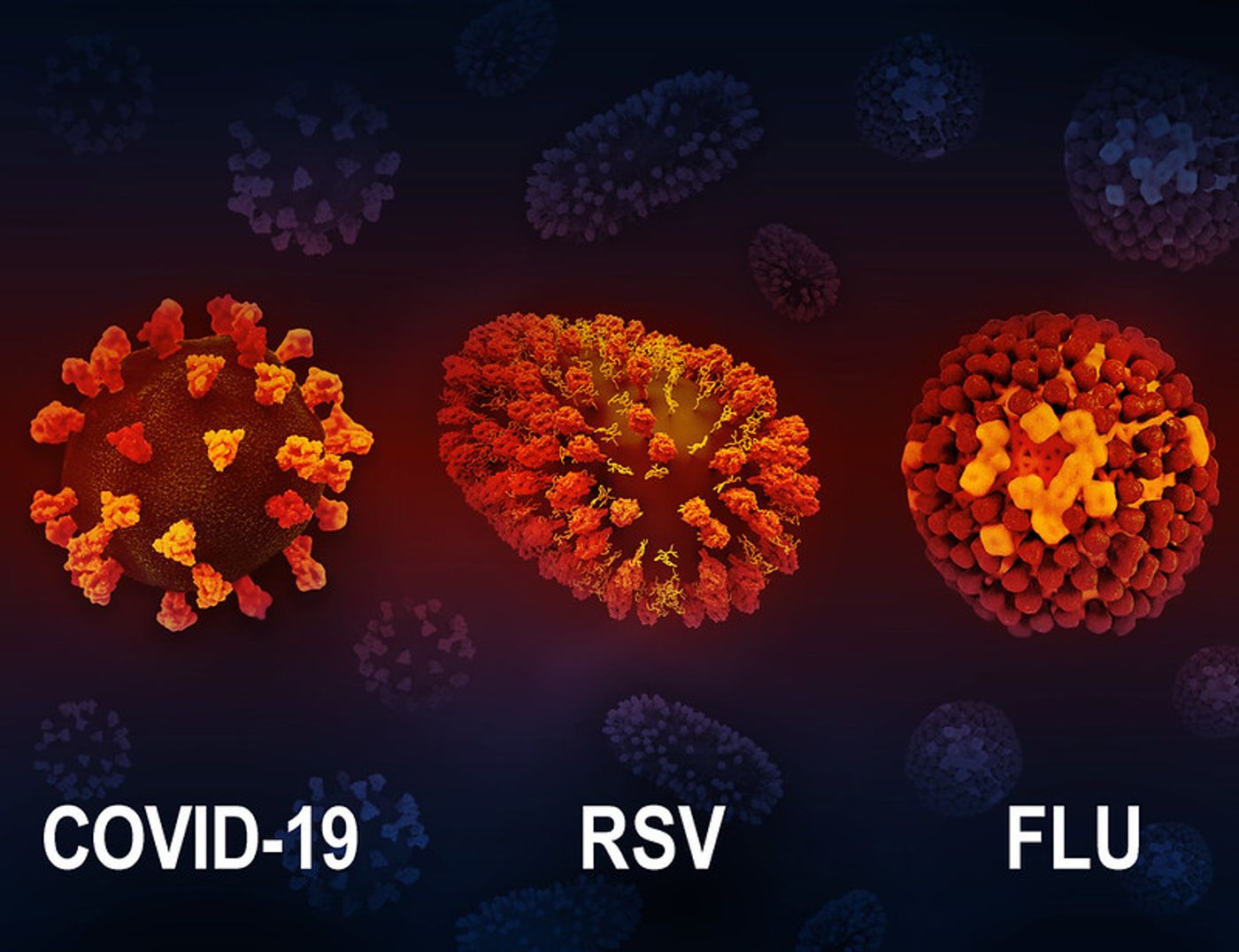Tracking Community Health Through Wastewater
Sewage can be used to track the spread of diseases, a technique that many people learned about during the COVID-19 pandemic. But this practice actually goes back to polio; in the 1940s, poliovirus was the first pathogen to be tracked that way. Scientists determined that it could be detected in stool, and then verified that it could also be identified in wastewater. They also found that the levels of poliovirus in sewage was linked to the number of severe cases that were occurring in local people.
Now, scientists have developed a tool that uses wastewater surveillance to monitor the levels of viruses that may affect communities. The work has been reported in Nature Communications. This tool can identify all known human viruses that regularly circulate in communities, said corresponding study author Dr. Anthony Maresso a Professor and Chair at Baylor College of Medicine.
"Knowing the up-and-down patterns within the viral landscape of human wastewater, the changes in the relative proportions of the different viruses in time and by location, is increasingly proving to be a powerful tool to improve our understanding of outbreaks, transmission and the effects on overall population health," added Maresso.
In this study, a probe set was applied to genetic material that was isolated from about twenty wastewater sites across Texas, every week for one year. After checking for over 3,000 viruses with genetic sequencing, the effort revealed 450 different viral pathogens from 28 viral families. Many of the viruses have never been detected in this way before.
This method can be a rapid way to check virus levels. As the COVID-19 pandemic has reflected, clinical testing can have a lag time because swabs have to be taken, tests have to be performed, and results have to be reported, which all takes time even when people are being tested for viruses in clinics that report the results. But wastewater surveillance can provide rapid, unvarnished data about how high (or low) circulating virus levels are in a community at any given time, and without needing people to test themselves or go somewhere to be tested.
Scientists have also recently concluded that monkeypox or mpox can also be detected in wastewater. This approach is also incredibly sensitive. Research by the Centers for Disease Control and Prevention showed that in a one-week period, the tests had a 32 percent chance of detecting one mpox infected person in a population including anywhere from thousands to millions of individuals. As more people are infected, the test gets better at detection. When fifteen or more people in a community are infected, the test detected mpox 76 percent of the time.
One sample can reflect the results of an entire city, said Joshua Levy, a researcher at the Scripps Research Institute in California. "Almost every kind of virus that we've gone looking for is detectable."
Sources: Morbidity and Mortality Weekly Report (MMWR), Baylor College of Medicine, Nature Communications









